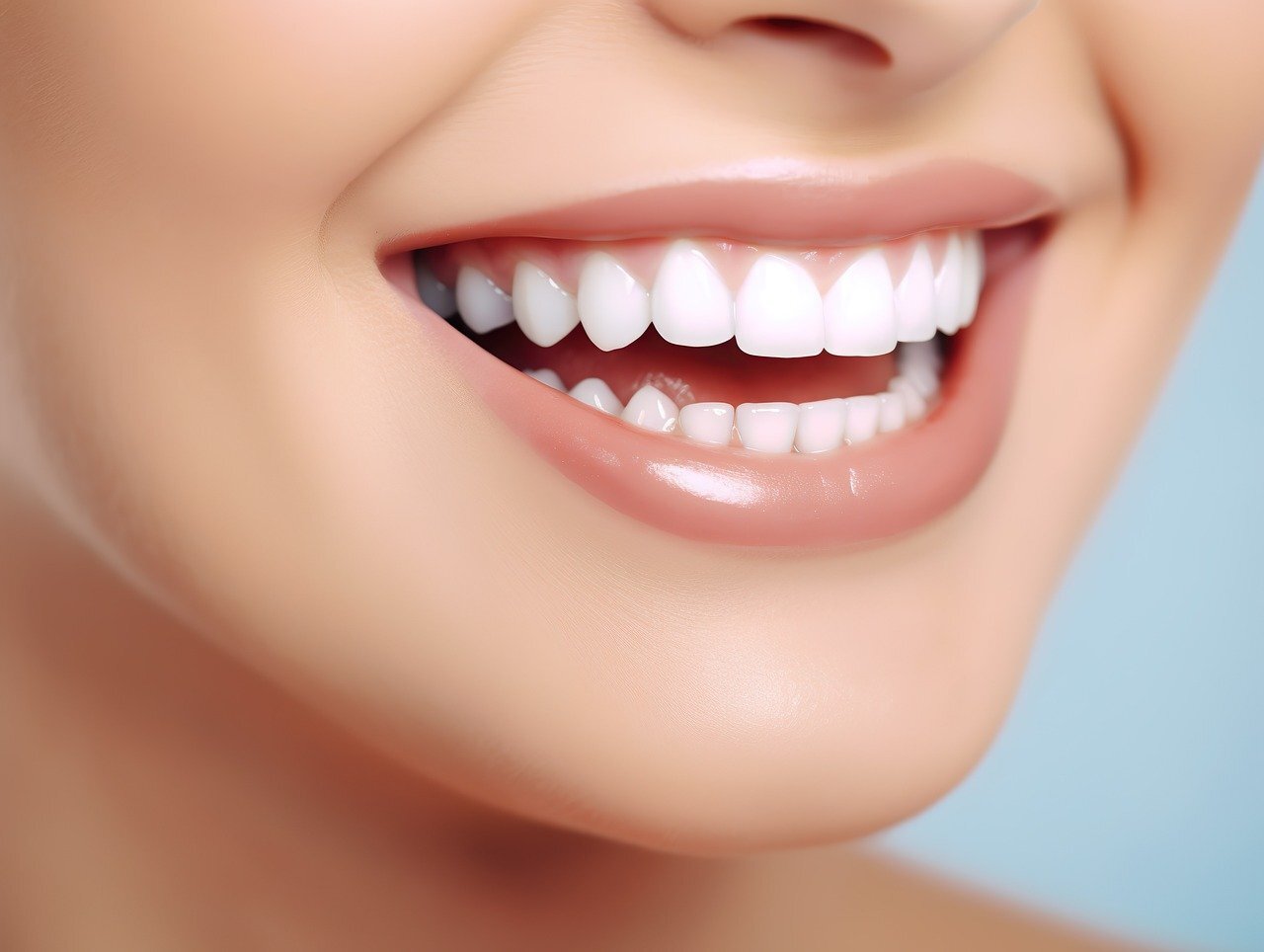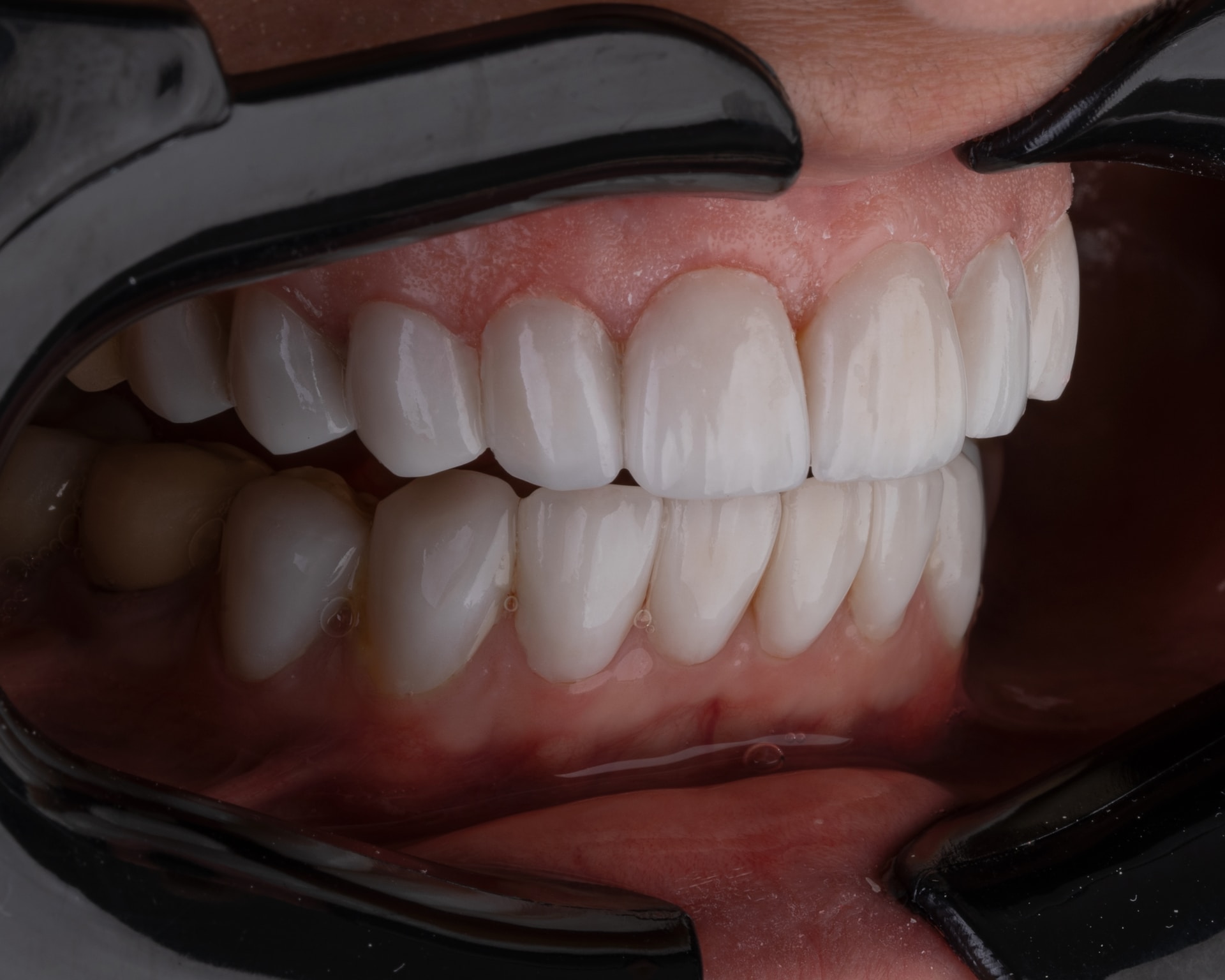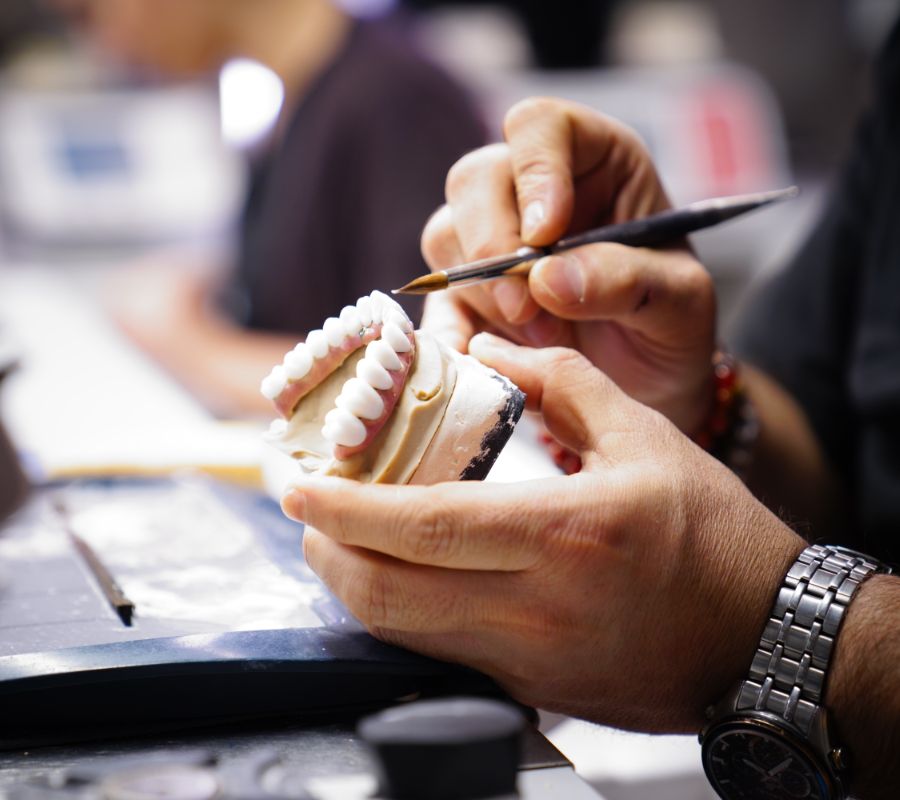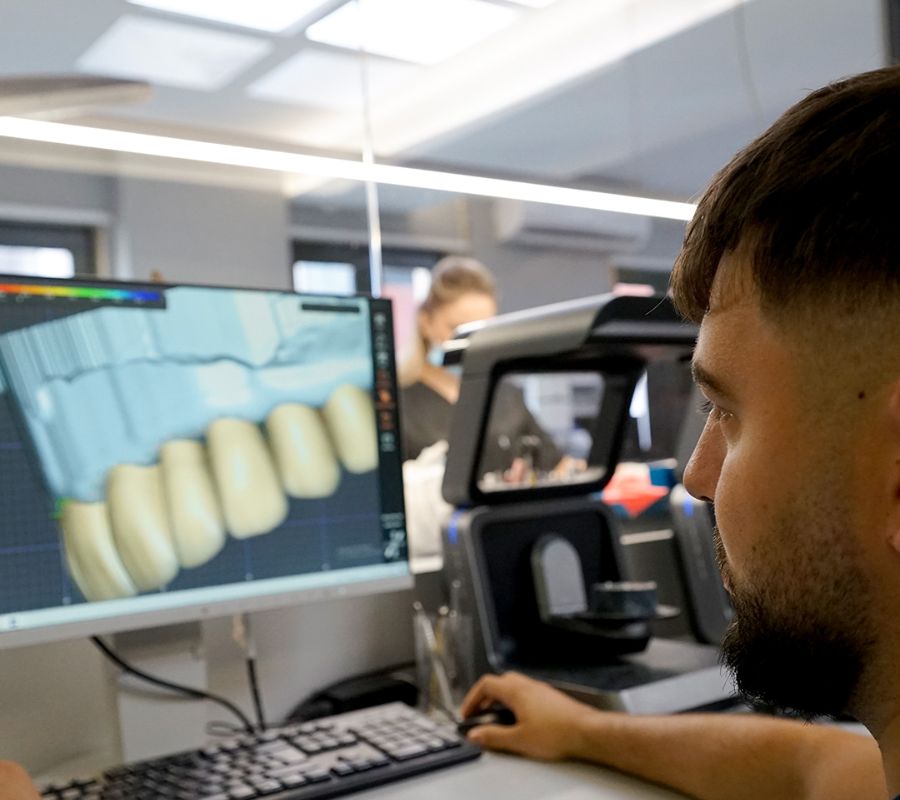Nowadays aesthetics has a special importance, and since the face and especially the mouth and teeth play an important role, the need has arisen for the development of aesthetic dentistry.
People love beauty and want to look beautiful, and in cases when there are problems in someone’s smile, then through specific techniques, super aesthetic materials and surgical interventions a perfect smile is realized. Below we explain some of the materials and techniques used:


This intervention consists of removing part of the bone and gums that surround the teeth. After this intervention, the gums are expected to heal for 6 weeks and then prosthetic work can be continued. This intervention is done in the following cases:
The most common surgery is the removal of mature teeth, the removal of worn teeth (retined) and also the removal of teeth to enable the straightening of the teeth with orthodontic appliances and the placement of dentures. One of the most important interventions is the removal of residual roots that can lead to bone infections and cysts.
The causes of tooth discoloration are many, such as: various medications, tooth trauma (fractures, impacts, etc.), tooth nerve removal.
The use of antibiotics such as tetracycline by the mother during pregnancy or by the baby, affects the discoloration of the baby’s teeth; in some cases, special foods or beverages such as Coca Cola, coffee, foods that have coloring in the composition, affect the color of the teeth.
The substances used for bleaching are: Carbamide Peroxide and Hydrogen Peroxide (hydrogen peroxide). These two substances have the ability (quality) to pass freely through the layers of the tooth (enamel, dentin) and spread to all parts of the tooth. These Peroxides (Carbamide and Hydrogen peroxide) are broken down into oxygen radicals, which enter between the enamel prisms (outer layer of the tooth), dispersing (destroying) the colored molecules that affect the color of the tooth.
Whitening does not affect the structure of the tooth, only that the inner color of the tooth becomes whiter.
Bleaching agents break down into smaller molecules and move in all directions inside the tooth. Even if the whole tooth is not covered with bleach, it whitens the whole.
Numerous scientific studies have proven the effectiveness of peroxides in teeth whitening.
Enamel and dentin (two layers of tooth), existing fillings and porcelain are not affected, or damaged by bleaching agents.


Porcelain veneers are the most modern methods that realize a perfect aesthetics and at the same time preserve the structure of the tooth.
Porcelain veneers are very durable. Although they have a very small thickness of 0.5-0.7mm, when glued to the natural tooth structure they become very strong, and with proper care can last up to 10 or 15 years.
They are very aesthetic. Porcelain veneers provide a very natural look to the tooth because the refraction of light in the porcelain gives the same effect as tooth enamel.
They do not change color over time. Unlike composite, porcelain has a smooth surface that does not allow food or liquids to accumulate and change color.
They are conservative. Tooth preparation for porcelain veneers is minimal, thus preserving the normal structure of the tooth.
Dental veneers are also called “rapid orthodontics” because they can cover a range of dental problems in the frontal area: